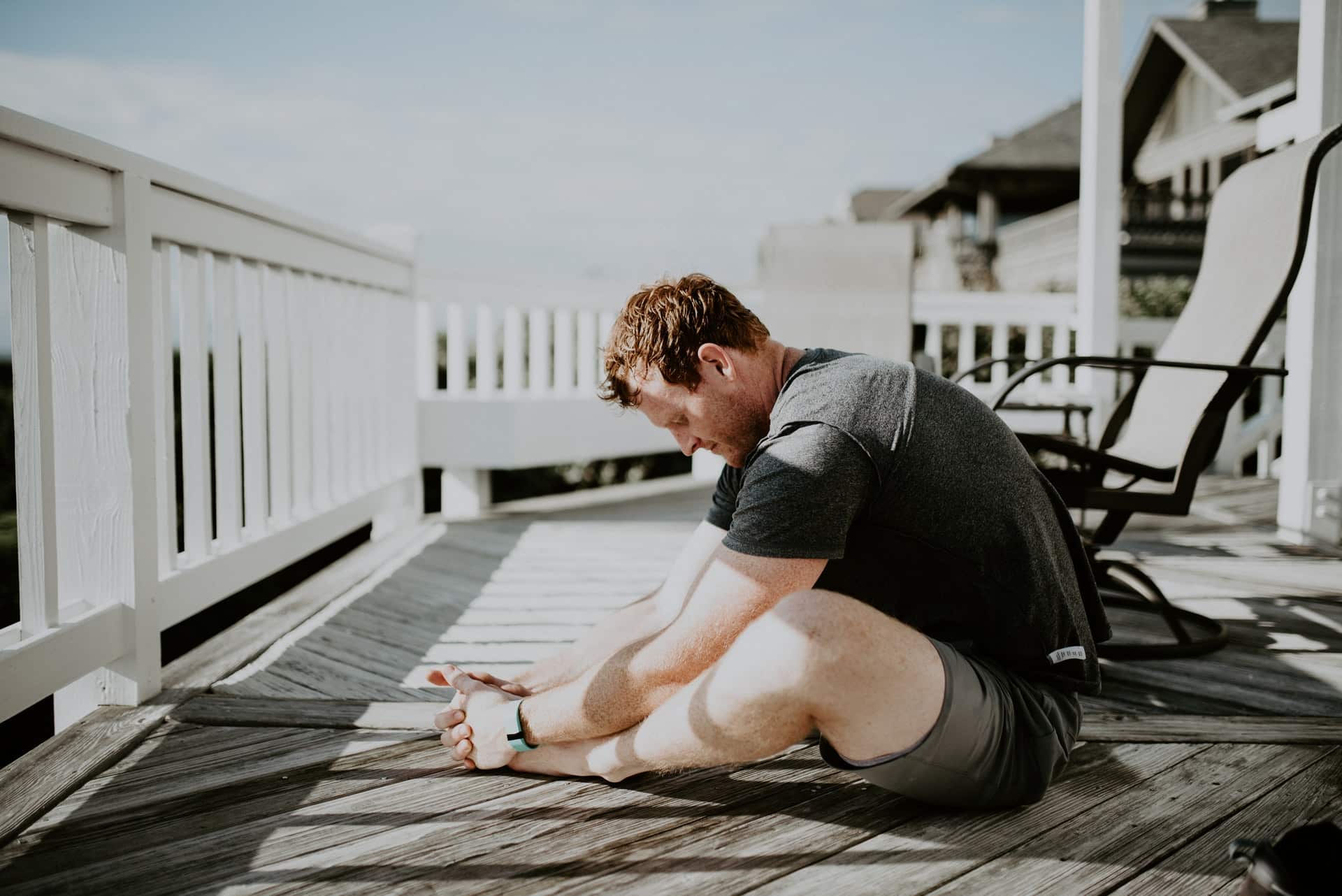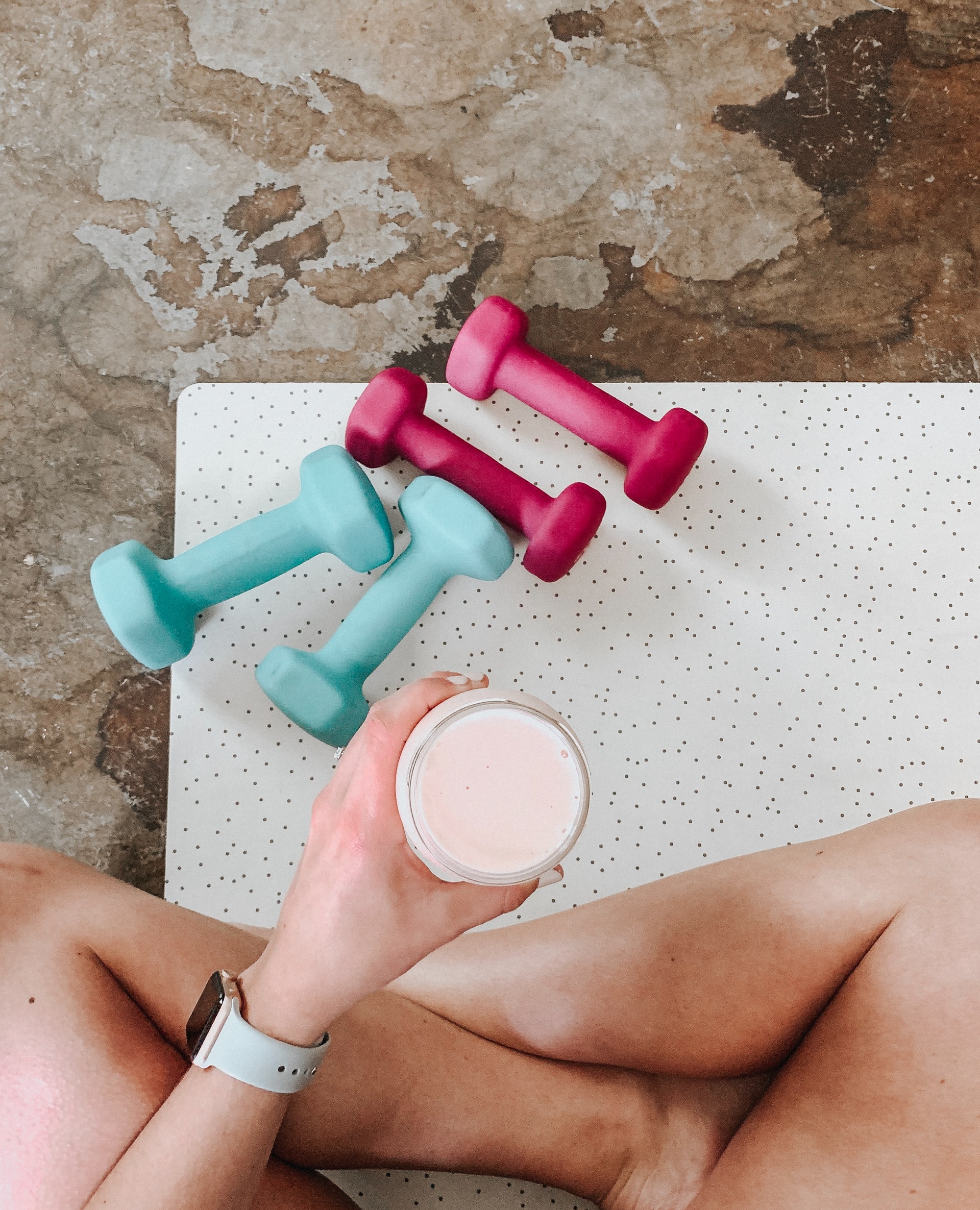The widespread social distancing policies put in place to limit the spread of coronavirus are making it difficult to maintain regular physical activity. Participating in routine exercise is one of the most important steps you can take for your health, according to the Centers for Disease Control and Prevention (CDC). Reliable research shows that failure to exercise increases one’s risk of adverse health conditions, including coronary heart disease, stroke, type 2 diabetes, several forms of cancer, and reduced life expectancy.
As a result, the World Health Organization (WHO) recommends 150 minutes of moderate-intensity aerobic exercise per week or 75 minutes of vigorous physical activity for adults aged 18 to 64. However, with several countries under lockdown, people are forced to be creative in how they achieve a healthy dose of exercise.
Travis Zipper is the co-founder and lead instructor for the Nutritional Coaching Institute (NCI), which develops numerous courses aimed at teaching important topics like gut health and hormonal imbalances. He has helped more than 2000 clients reach their goals over the past seven years while working in both clinical and functional health coach settings.
Moreover, Travis’ ambition to further his education has led him to become a Functional Diagnostic Practitioner (FDP), while he also pursues his Doctorate in Clinical Nutrition. Here, Travis recommends six ways you and your loved ones can stay physically fit during the lockdown.
IMAGE: UNSPLASH
1. Calisthenics Exercises
The term calisthenics is derived from the ancient Greek words kallos, meaning “beautiful” and sthenos, meaning strength. Calisthenics exercises date back to ancient Greece but regained popularity at the beginning of the 19th century. Calisthenics is intended to increase one’s overall health by performing various movements, like pulling and pushing, using your body weight for resistance.
This workout is ideal as it can be tailored to your fitness level and be performed virtually anywhere, says Travis. Some of the most common calisthenics include squats, crunches, pushups, planks, pull-ups, chin-ups, dips, and burpees.
A study carried out by scientists at the University of Palermo, Italy found that calisthenics training is both feasible and effective in improving posture, strength, and body composition. Another eight-week study divided 32 men into two groups, with 15 following a weight-based training program and 17 following the U.S. Army’s calisthenics based standardized training program.
By the end of the study, both groups’ fitness levels increased to a similar degree. As a result, your at-home bodyweight workout during COVID-19 will be just as rewarding as your typical sweat session at the gym.
2. At-Home Cardio
Cardio is a critical component of any training program, whether your goal is to lose weight, tone muscle, or be healthier. During cardio workouts, you engage major muscle groups like your arms and legs, which require more oxygen, and in turn, increase your heart rate and breathing.
Several examples of regular cardio exercise that you can do at home include brisk walking, running in place, jumping jacks, lunge jumps, skipping, high knees, mountain climbers, squat thrusts, stair climbing, and dancing. If you are not a fan of cardio, Travis suggests turning on your favourite pump-up song to increase your motivation and get the most out of your workout.
Some of the biggest advantages of this type of activity include strengthening your heart and muscles, burning calories, controlling appetite, boosting your mood, improving your sleep, limiting arthritis pain by reducing stiffness in your joints, and managing high blood pressure and diabetes.
If you are new to exercising, Travis recommends starting slowly with 5 to 10 minutes of cardio three times per week and gradually increasing to 30 minutes five times per week. After each session, have a cool-down period lasting at least five minutes, where you stretch your muscles and allow your heart rate to return to normal.
3. Join An Online [Yoga] Class
Just because your go-to fitness center is temporarily shut down doesn’t mean you should quit your training. There are numerous online exercise classes available at your fingertips. As we are all aware, the COVID-19 pandemic is a novel situation, and although it impacts us physically, it also has negative psychological effects. Consequently, it is not unusual that people are experiencing higher levels of stress, anxiety, and depression as they attempt to cope with unfamiliar situations.
As such, Travis recommends turning to yoga for it’s meditative and uplifting benefits. A few of the top-rated online yoga sites include Glow, Gaia, Alo Moves and MyYogaWorks. Travis notes that there are online yoga programs for everyone, from beginners to the most advanced of yogis. Other physical benefits of yoga, according to the American Osteopathic Association, include enhanced flexibility, strength, weight loss, protection from injury, a balanced metabolism, improved respiration, more energy, and better athletic performance.
4. Take Short Active Breaks During The Day
For parents of young children, the coronavirus has imposed special stresses on families. With widespread business and school closures, parents quickly began working full-time from home, taking care of their children, and supervising e-learning. Suddenly, parents became responsible for everything, and any spare time for physical activity flew out the window. Travis suggests taking movement breaks throughout the day.
For example, between conference calls, do a few simple stretches or something more challenging like a set of push-ups. So, even if you don’t have the time to schedule in thirty minutes of consecutive workout, slipping in five or ten minutes here and there can accumulate to the weekly recommendation.
If you are helping to educate your child from home, remember to pencil in some time for recess, which can also provide you with the opportunity to move. For instance, throw a ball around in the backyard or go on a family bike ride. Taking a break from schoolwork will relieve their pent-up energy and help refocus their mind before hitting the books again.
Finally, optimize your time by turning your household chores into a thorough exercise. Most household duties are already physical, such as dusting or vacuuming. As a result, Travis suggests using more rigorous and intentional movements to ensure you get your sweat on.
5. Stand Up
A study conducted by researchers at Columbia University Vagelos College of Physicians and Surgeons with more than 3,500 participants indicates that leisure-time sitting (particularly TV watching) —but not sitting at work—is associated with a higher risk of heart disease and death. The same study also indicates that rigorous exercise can reduce or eliminate the harmful impact of sedentary TV watching.
Travis recommends getting up off the couch every 30 minutes, even if it’s just to stretch your legs or walk around. With many people furloughed from their jobs amid the pandemic, people are more likely to spend time watching television, playing video games, or browsing the Internet. As such, Travis finds it helpful to use a timer or smartwatch to alert you when it’s time to get up and move.
6. Go For Walks
Walking is a great way to stay active and clear your mind during this stressful time, says Travis. If the weather permits, consider taking a brisk walk outdoors while maintaining six feet of distance from others. If you are unable to maintain a brisk pace for your entire workout, try doing intervals that allow you to shift from high intensity to low intensity. To burn more calories, you can wear a backpack or hike on uneven terrain at a moderate pace.
Alternatively, even short walks inside your home are better than sitting all day. In general, walking is a good substitute for your typical commute and can help you transition out of work mode.
With the world facing a global crisis, taking care of ourselves is important now more than ever. Travis reminds us not only to exercise but also to eat a diet rich in fruits and vegetables, proteins, and whole grains, in order to maintain a strong immune system. While there is still no cure for COVID-19, taking care of your health and lifestyle habits can help manage stress and is an essential contributor to your overall quality of life.
If you are interested in even more lifestyle-related articles and information from us here at Bit Rebels, then we have a lot to choose from.


COMMENTS